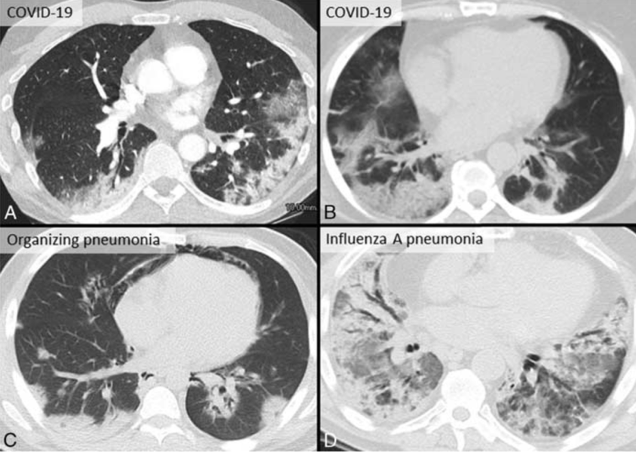You're on call and open a chest CT for a patient with suspected #COVID19.
How do you interpret and report the imaging findings?
A #TWEETORIAL of the @Radiology_RSNA Expert Consensus Statement on Reporting Chest CT Findings Related to COVID-19
pubs.rsna.org/doi/10.1148/ry…
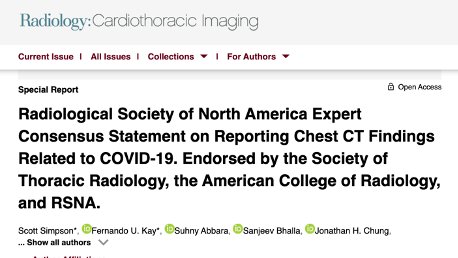
This consensus statement has been endorsed by @thoracicrad and @RadiologyACR.
Important work by our faculty @PennRadiology Drs. Scott Simpson & Harold Litt.
Podcast: rsnaradiologycti.libsyn.com/welcome-to-the…
*Figures/tables in this #tweetorial from orig. manuscript, unless otherwise stated.
🔑KEY POINT:
☝️First, it’s important to note that routine screening chest CT for identification of #COVID19 is NOT currently recommended by most professional organizations.
@CDCgov Guidance:
cdc.gov/coronavirus/20…
@RadiologyACR Recommendations:
acr.org/Advocacy-and-E…
Here’s a look at #COVID19 cases & deaths in the United States by State as of 5/30/2020
And a look at confirmed cases & deaths for the 10 countries with the highest absolute number of deaths, including the US (dark green).
Figure sources: @CDCgov and @JohnsHopkins
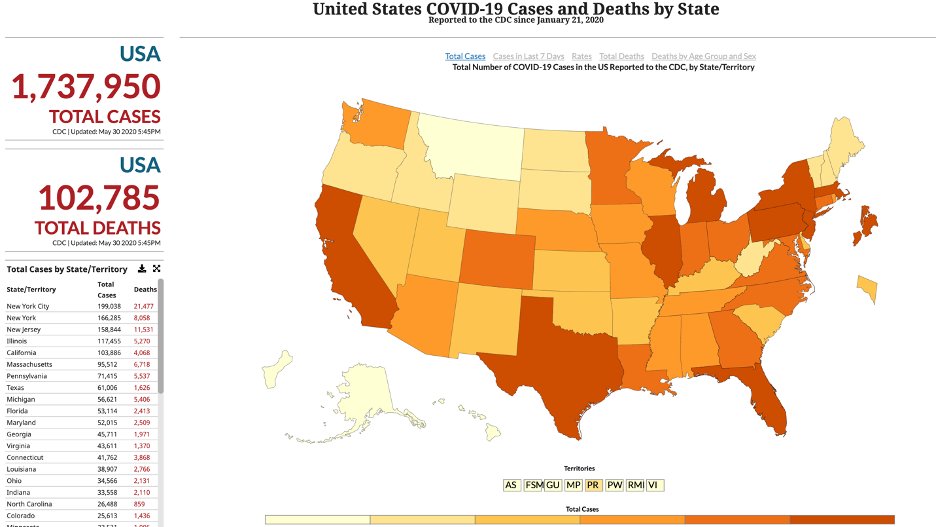
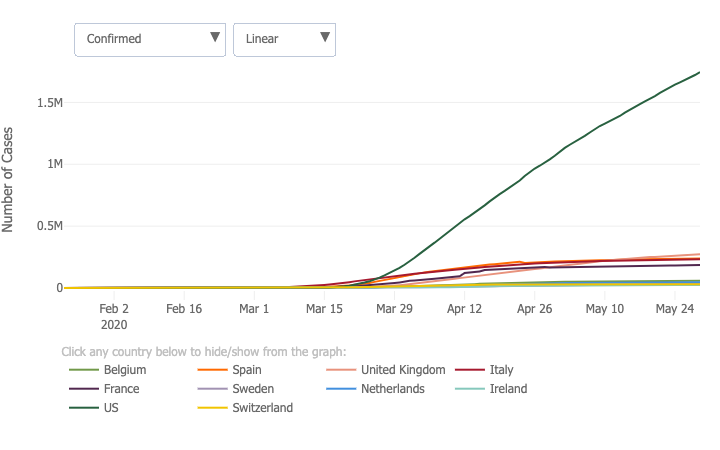
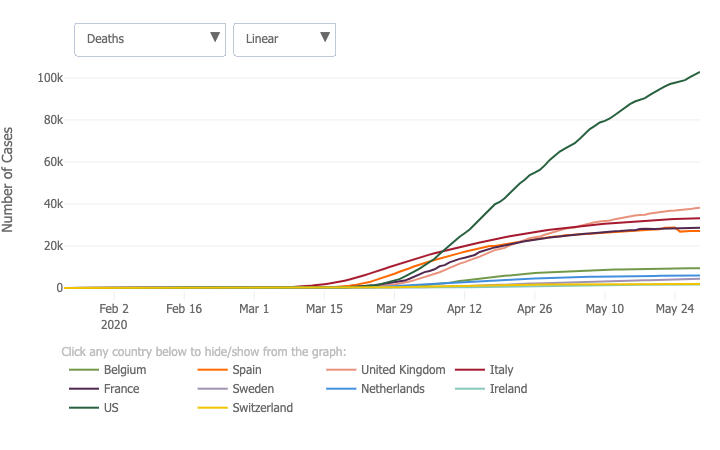
The authors propose 4 categories for reporting CT imaging findings related to #COVID19 with suggested standardized reporting language.
1) Typical appearance
2)Indeterminate appearance
3)Atypical appearance
4)Negative for pneumonia
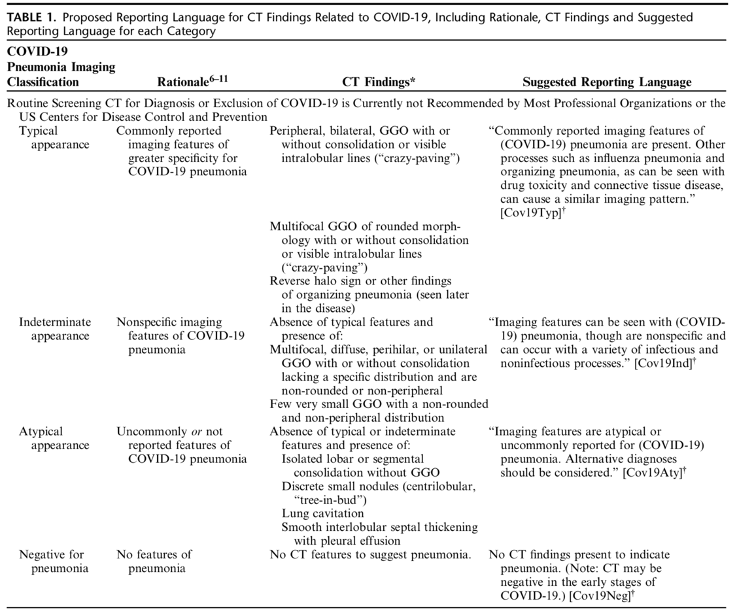
🔑KEY POINT:
Chest CT findings can precede positivity on RT-PCR.
What imaging features would be considered #indeterminate for #COVID19?
🔘Non-rounded, non-peripheral GGO
🔘Lack of specific distribution
🔘Can be multifocal, diffuse, perihilar, or unilateral
🔘+/- consolidation
#Indeterminate Cases:
Patchy GGO with non-rounded morphology and without specific distribution in two patients.
🔘(A,B): Patient with #COVID19 pneumonia
🔘(C,D): Patient with acute lung injury from presumed drug toxicity.
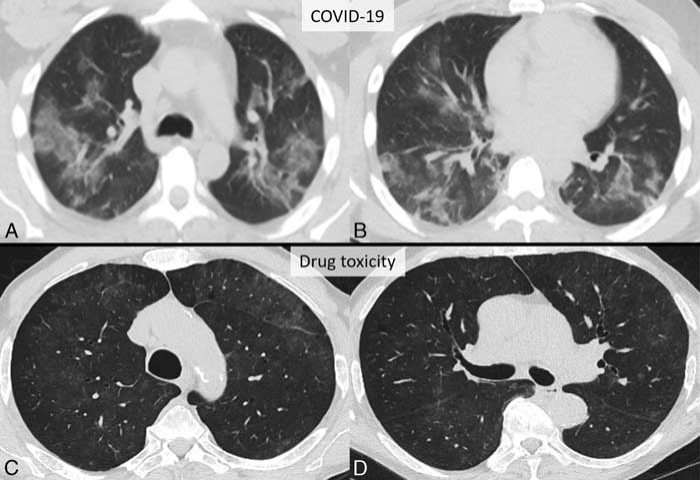
#Indeterminate Cases:
Diffuse GGO without specific distribution & with non-rounded morphology in two different patients.
🔘Patient A: findings were the result of acute lung injury from presumed drug toxicity
🔘Patient B: findings were the result of Pneumocystis pneumonia.

Now, it's time to generate our #radiology report.
How should we report the findings?
The authors:
🔘Make the case for structured reporting
🔘Propose standardized language
🔘Cover the pros and cons of standardized reporting for chest CT findings related to #COVID19.
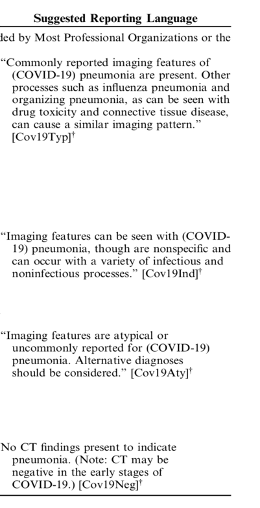

The authors recommend direct communication with the referring provider to discuss likelihood of viral infection and reach consensus.
When noted incidentally, findings do not need to be reported as #COVID19 pneumonia, and “viral pneumonia” is a reasonable alternative.
💥TAKE HOME POINT # 1
The goal of this expert consensus is to help #radiologists recognize & report imaging findings of #COVID19 pneumonia.
But remember, consultation with clinical colleagues at your institution is key to establishing an agreed upon reporting approach.
💥TAKE HOME POINT # 2
Despite most professional guidelines recommending against routine screening CT for #COVID19, chest CTs may be requested for diagnosis & management, particularly when RT-PCR is not readily available.
💥TAKE HOME POINT # 3
Standardized chest CT reporting language can provide a consistent reporting framework, improve clarity and reduce variability when reporting chest CT findings related to #COVID19.
unroll


